One of the best things with being a PhD-student at the Natural History Museum is the chance to do fieldwork. Most of our group members are doing fieldwork regularly to collect new material and to expand our collections. Unfortunately, the pandemic put a hold on many such plans, but finally are things back to normal. Therefore, my long awaited fieldwork in Japan could finally be carried out this spring.
Following the work of Hojito et al. (2010), I wanted to visit as many localities listed in their paper as possible. The Aegialites beetles are according to the authors recorded on many different localities all along the coast of Hokkaido. As such, the plan was to rent a car and drive all along the coast to sample beetles on rocks and rocky shores. My colleague James Fleming, whom has lived in Japan for many years, joined us the first week getting us settled and familiar with Japanese language and culture. The following week, my family and I was left by ourselves, however with basic skills and knowledge about the way of life in Japan, enough to get us by.
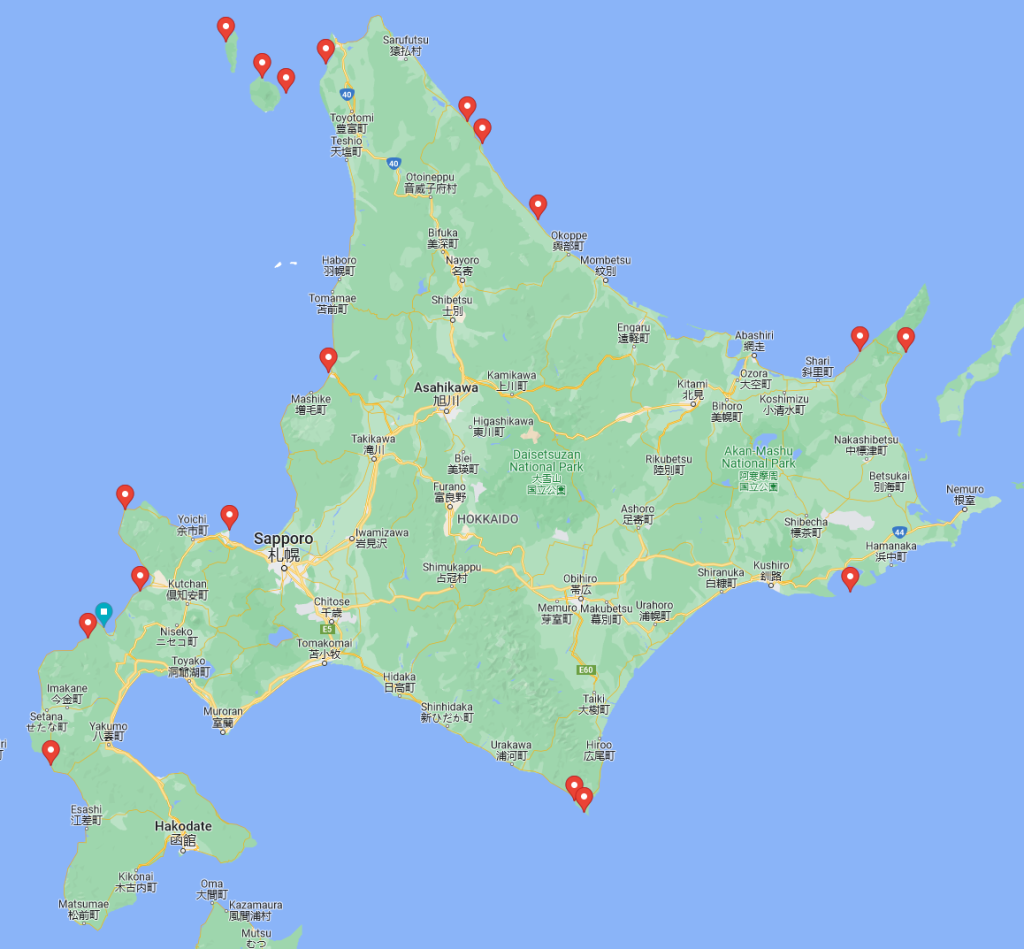
With a total of 2000 km driven, we got the chance to see the majority of the coastline of Hokkaido, additional to the island Rebun and Rishiri. The coastline of Hokkaido is truly beautiful, and rocky shores always provide a magnificent scenery. When packing for this trip, we prepared for all kinds of weather, but the southern part of Hokkaido surprised us with lush and dense sub-tropical forests, snakes and foxes. The further north we came, the chillier it got, but all in all we were very lucky with the weather. Only in Rishiri we truly experienced heavy rain and wind. In Wakkanai, the northernmost city of Hokkaido, things almost went wrong – as I forgot my backpack, with ALL samples, on the sampling site, a 20 minutes drive from our hotel. Luckily, the site was fairly lonely and abandoned, so the backpack was waiting patiently to be picked up when we returned for it. After visiting the north, James left us and we headed east towards Shiretoko National Park. This side of Hokkaido is facing the sea of Okhotsk, and the coastline of Shiretoko is not too far from the Russian Island Kunashir. Also here the scenery was beautiful. On our day of, we hoped to go on an orca-safari, but the sea was too rough with to too much waves, unfortunately. From Shiretoko we headed south and sampled at a site where presumably a new species occurs, and we also sampled at Cape Erimo. Cape Erimo sits far into the Pacific Ocean apparently between cold and warm fronts – causing a lot of very heavy winds.
All in all, sampling was very successful. A total of 13 localities was sampled successfully and lots of Aegialites beetles was brought back to the museum. Additionally, I was very lucky to meet a fellow PhD-student from Japan whom also is studying the Aegailites beetles. Miss Haruna helped us a lot and provided us with super information and knowledge about the beetles in Japan.
Below you’ll find a handful of photos of our trip.
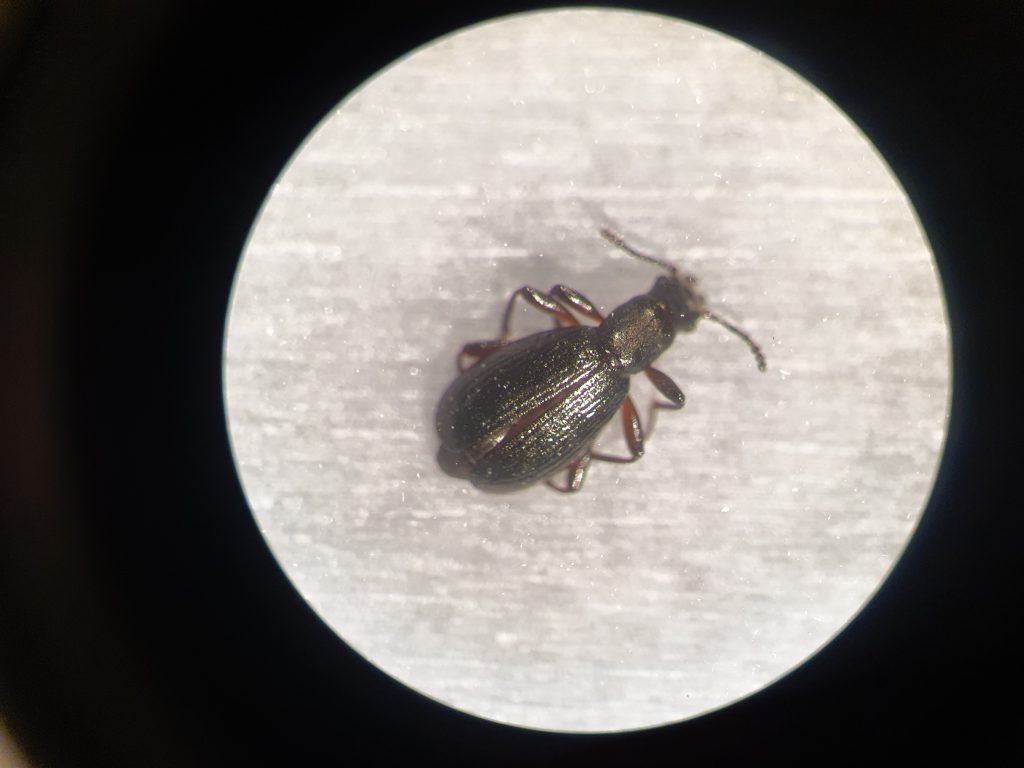
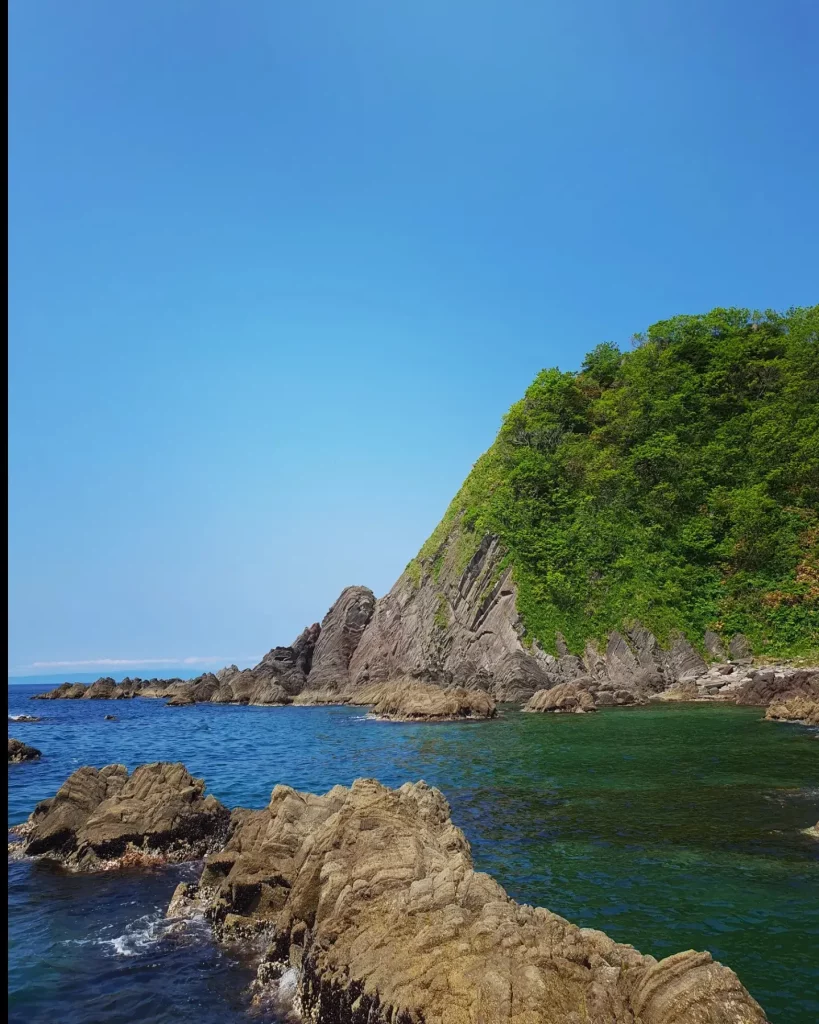
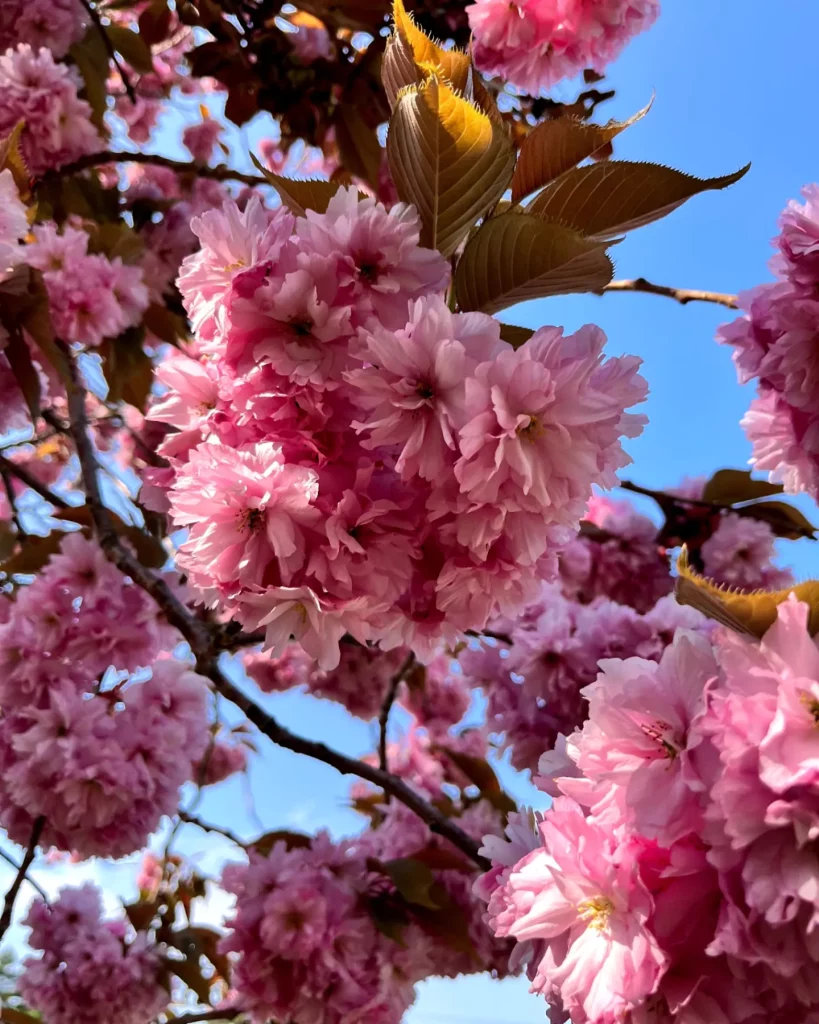

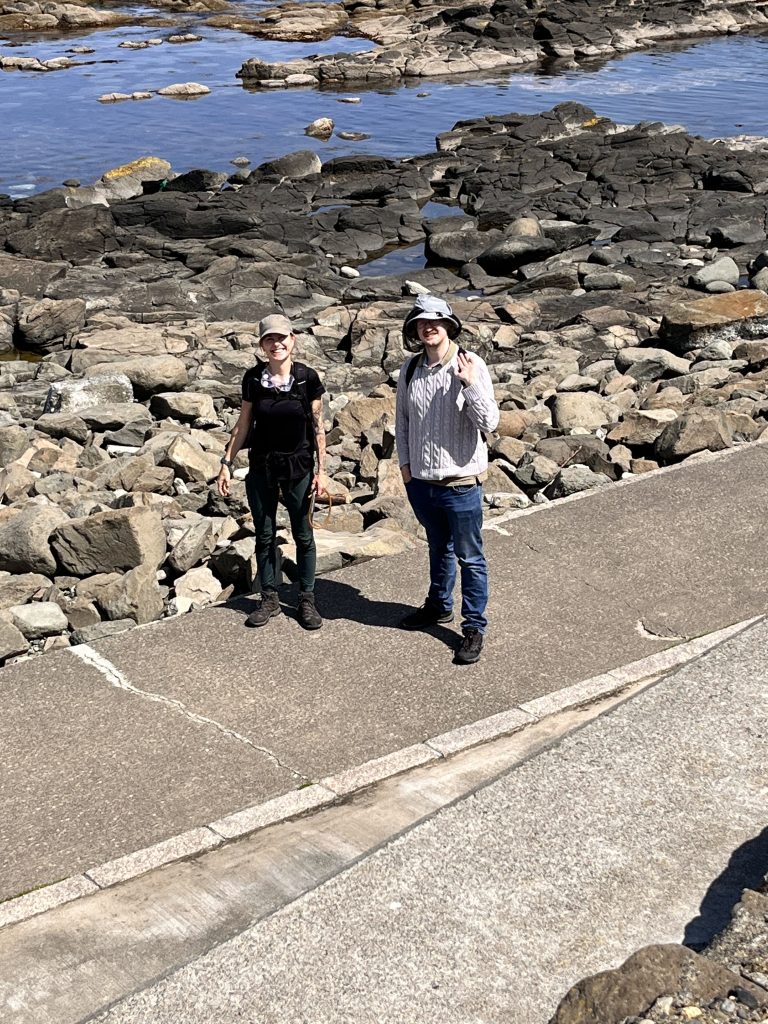
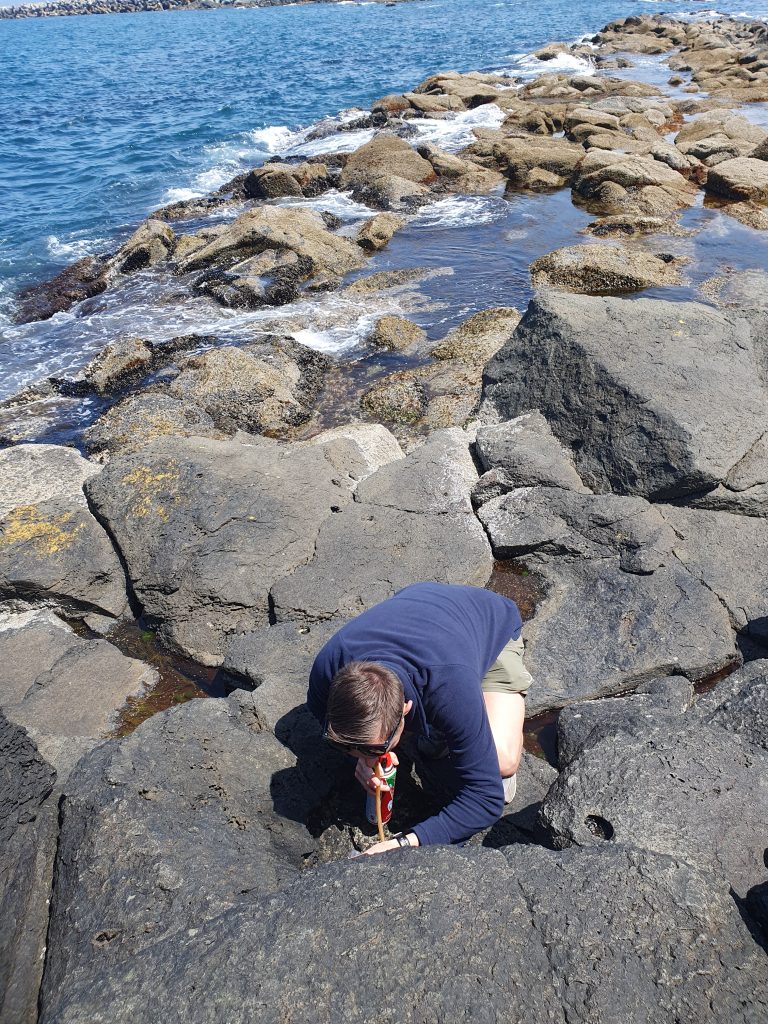
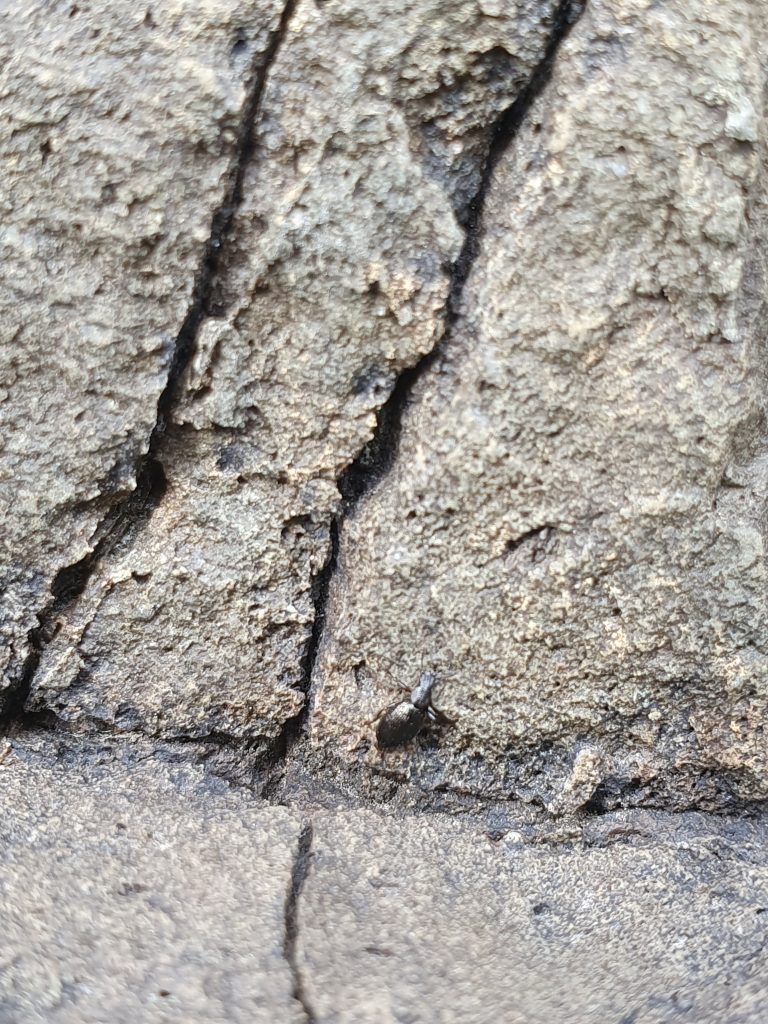
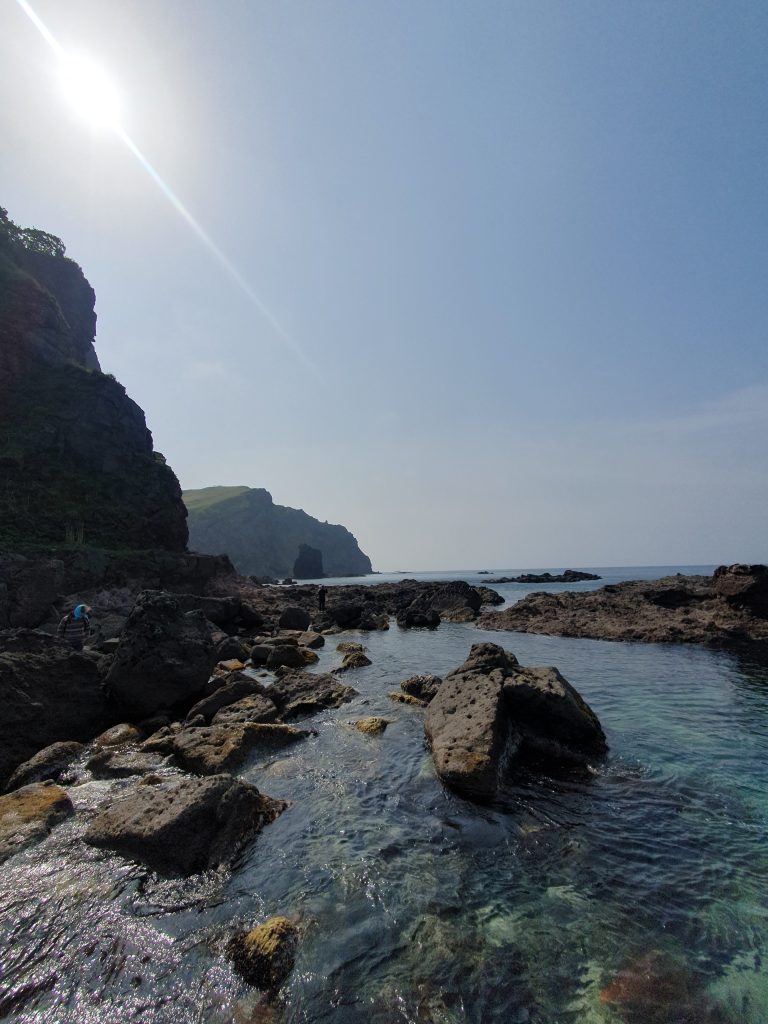

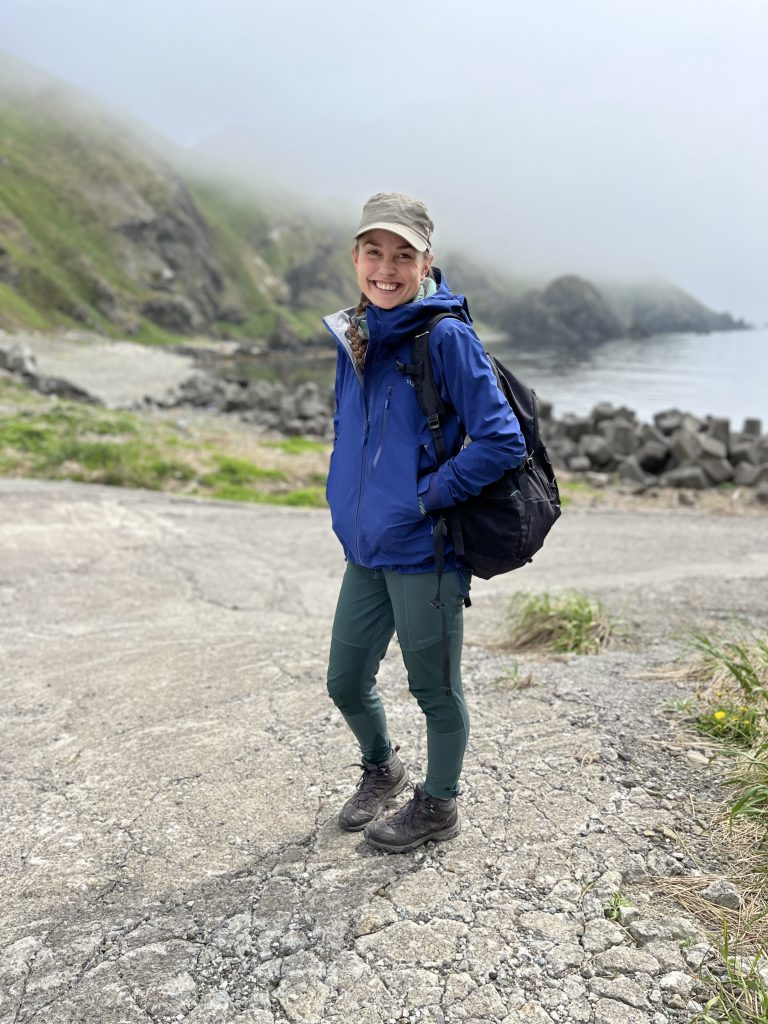
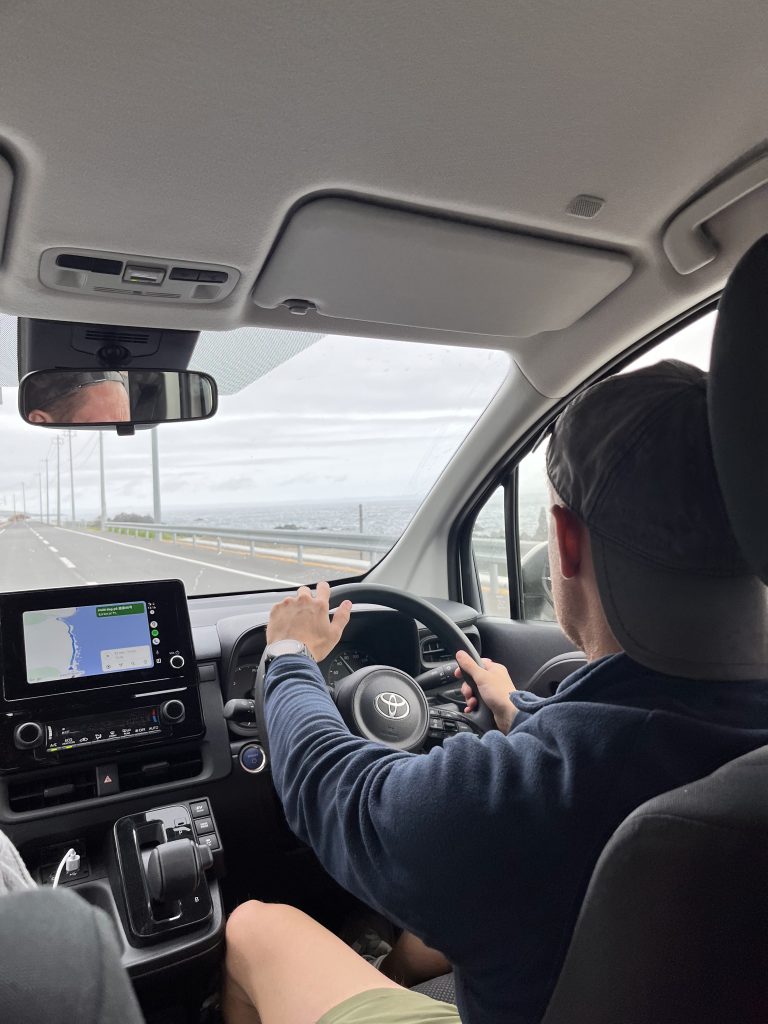

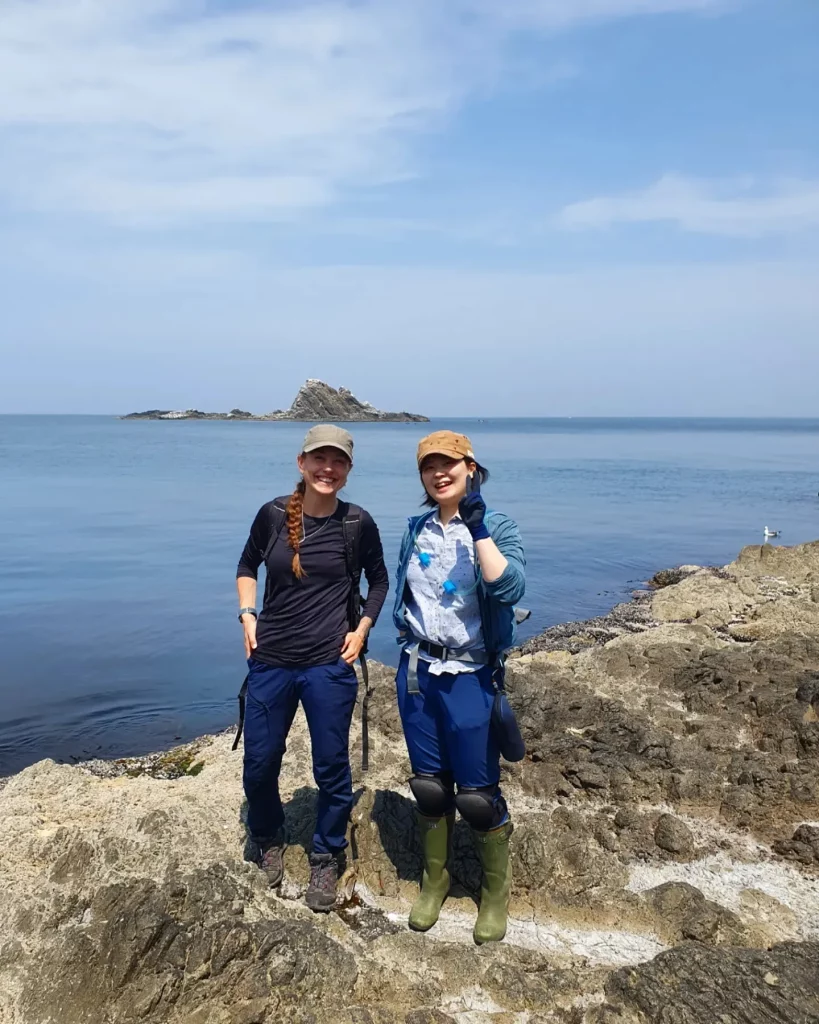

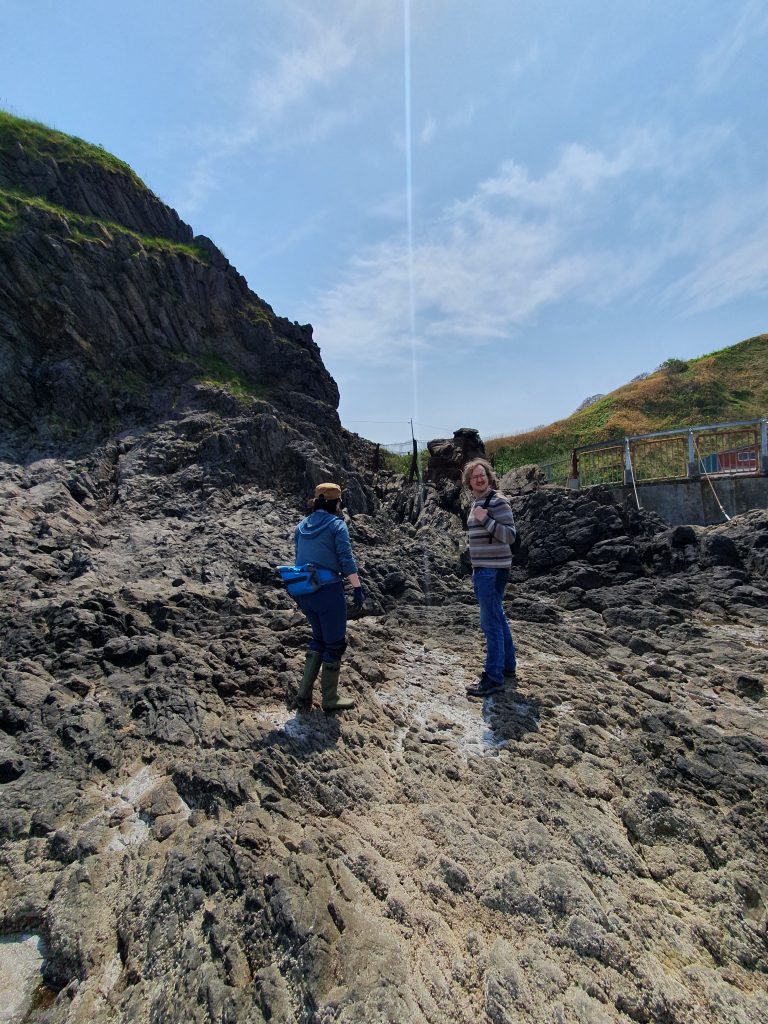
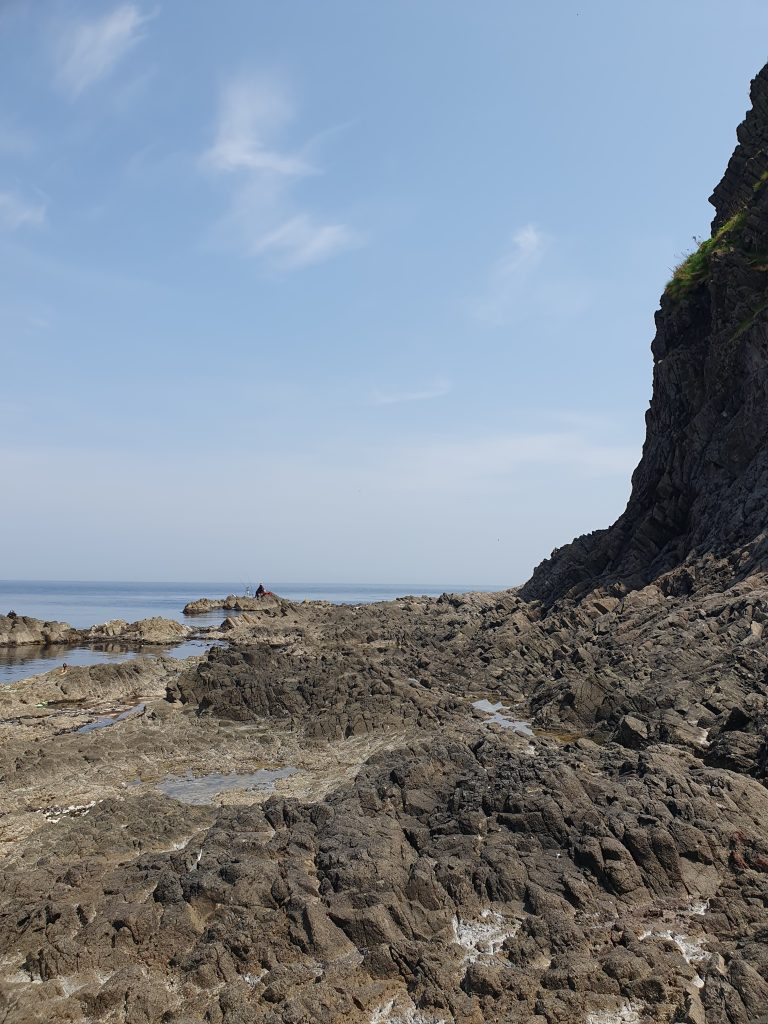


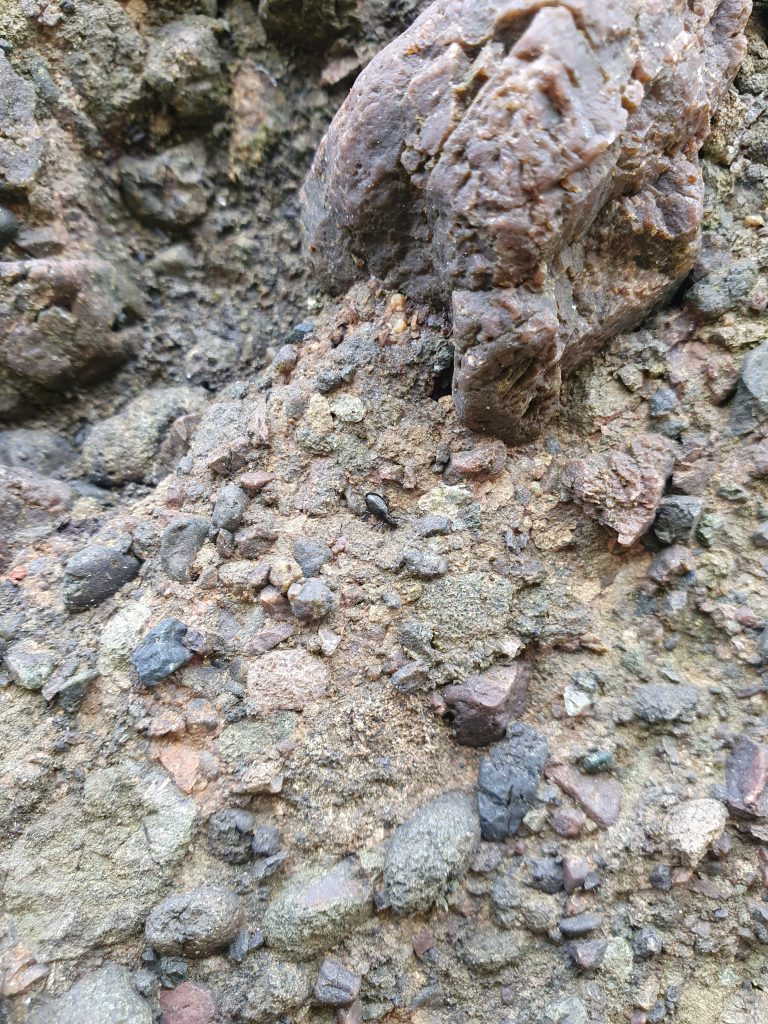
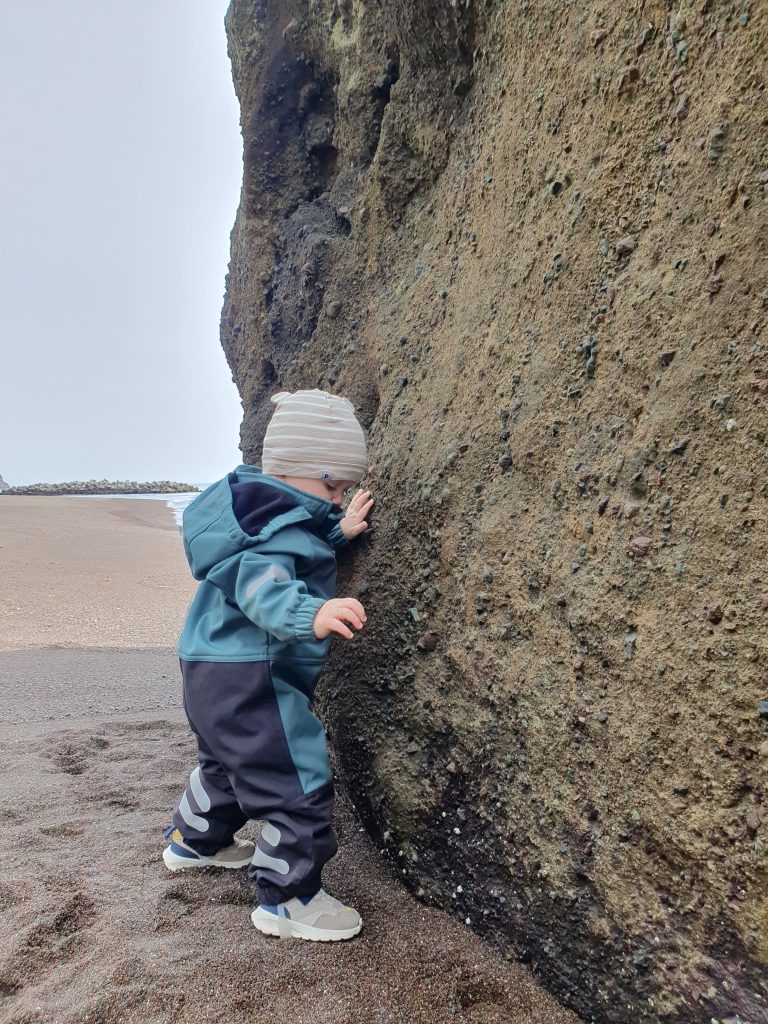
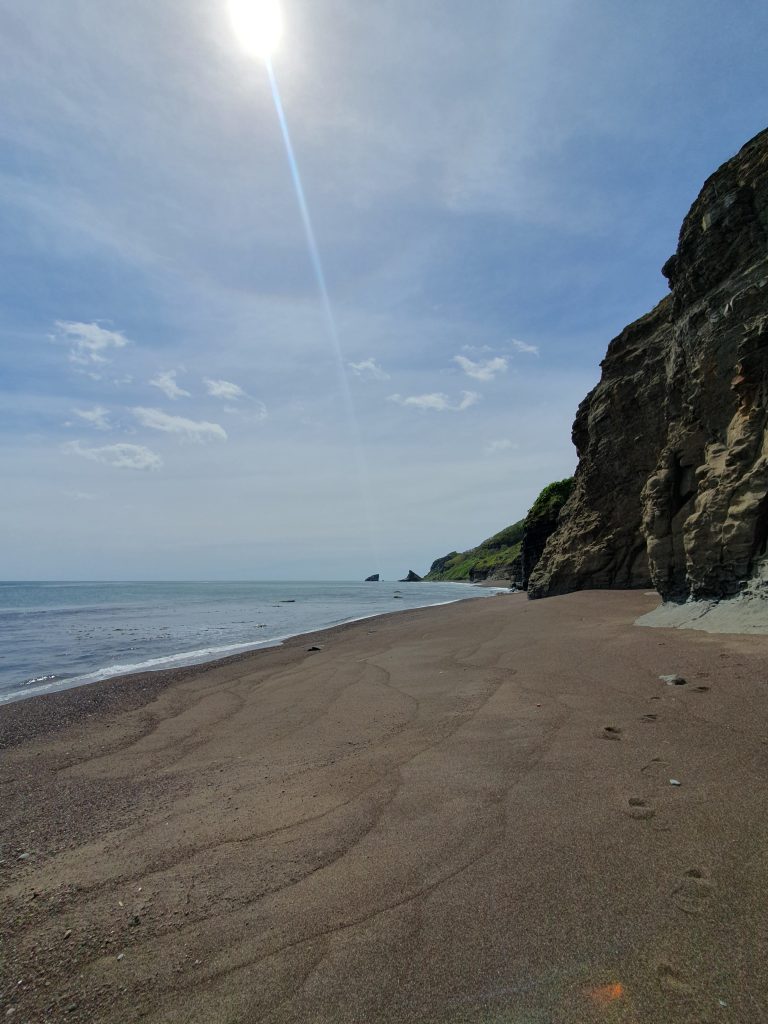
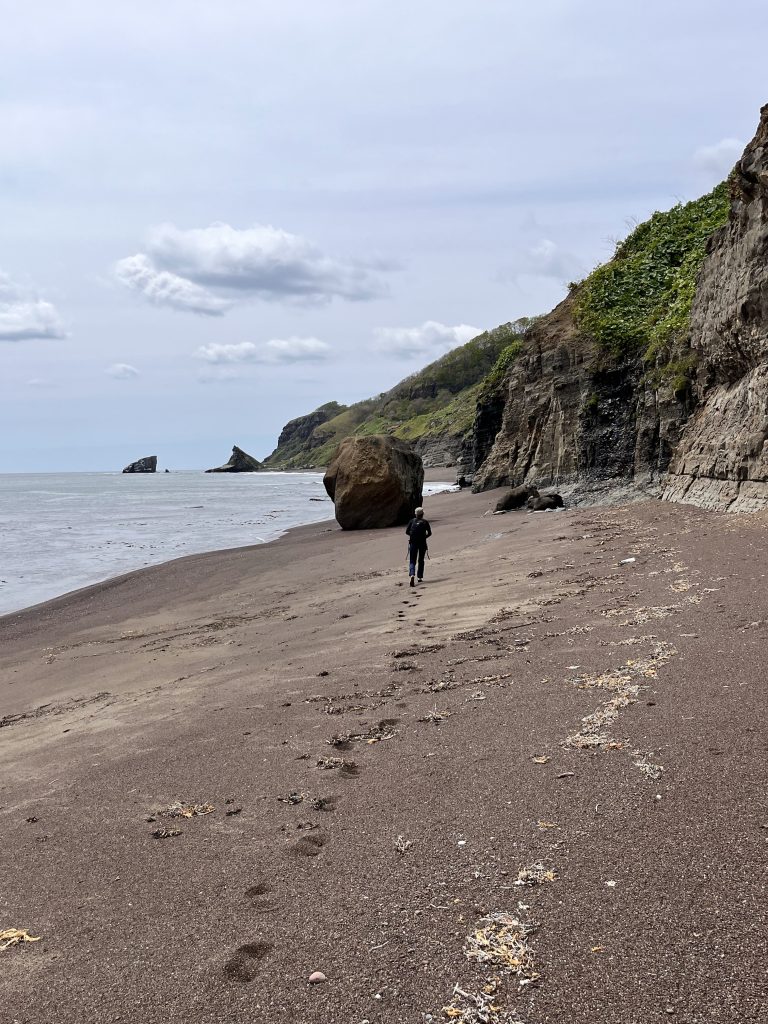

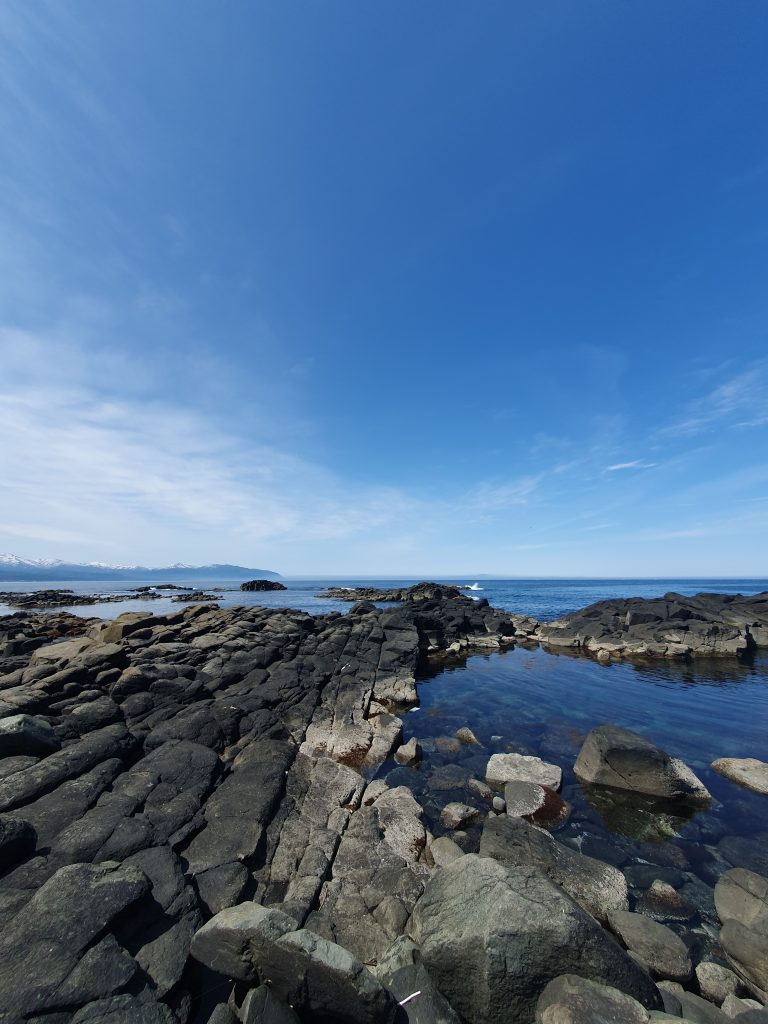
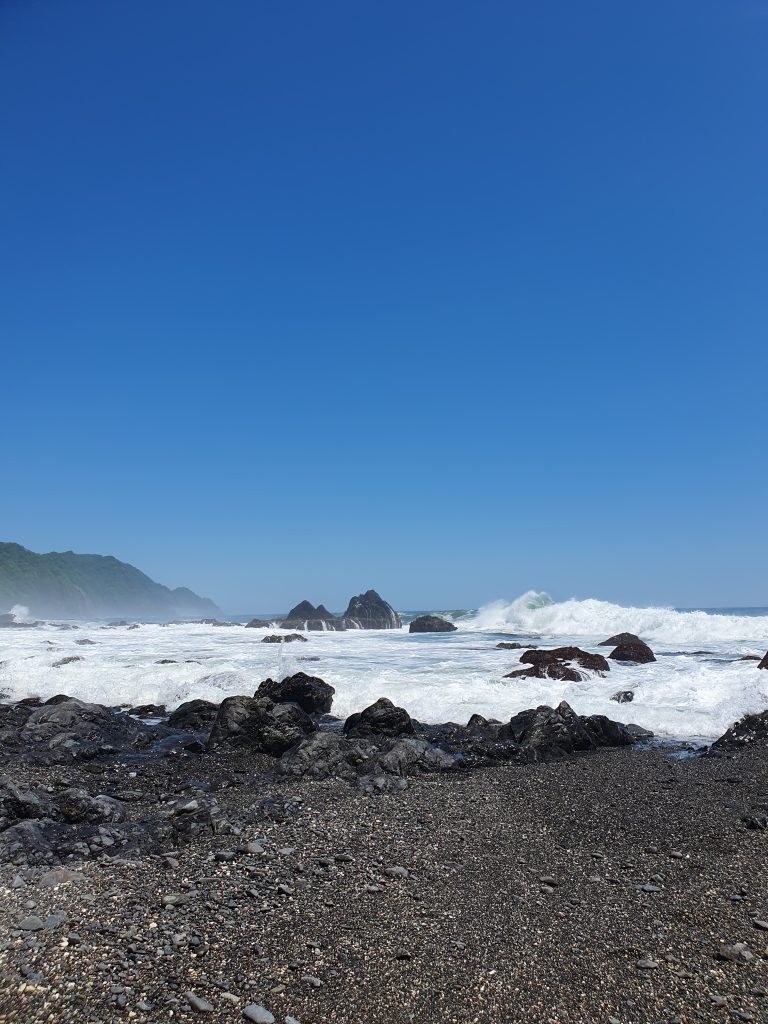
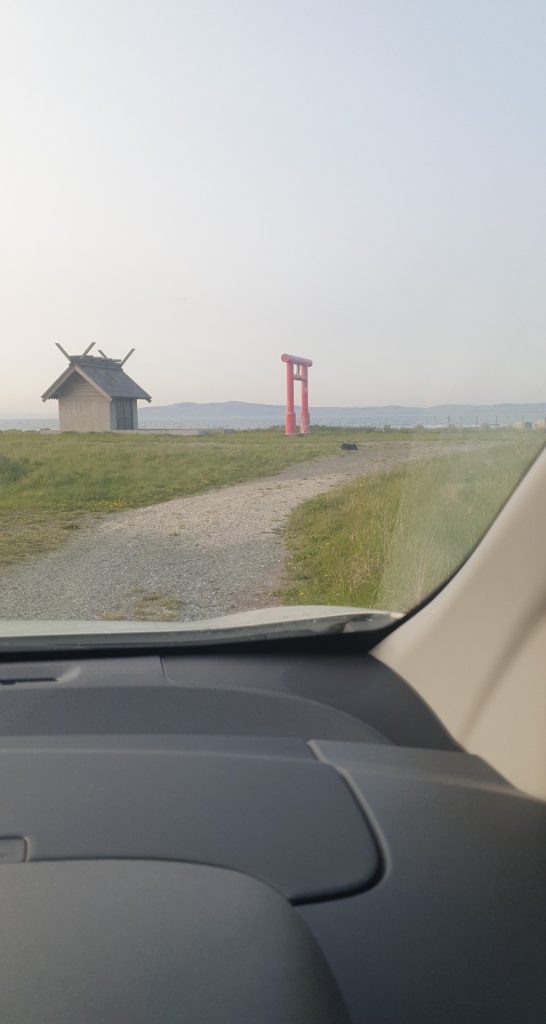
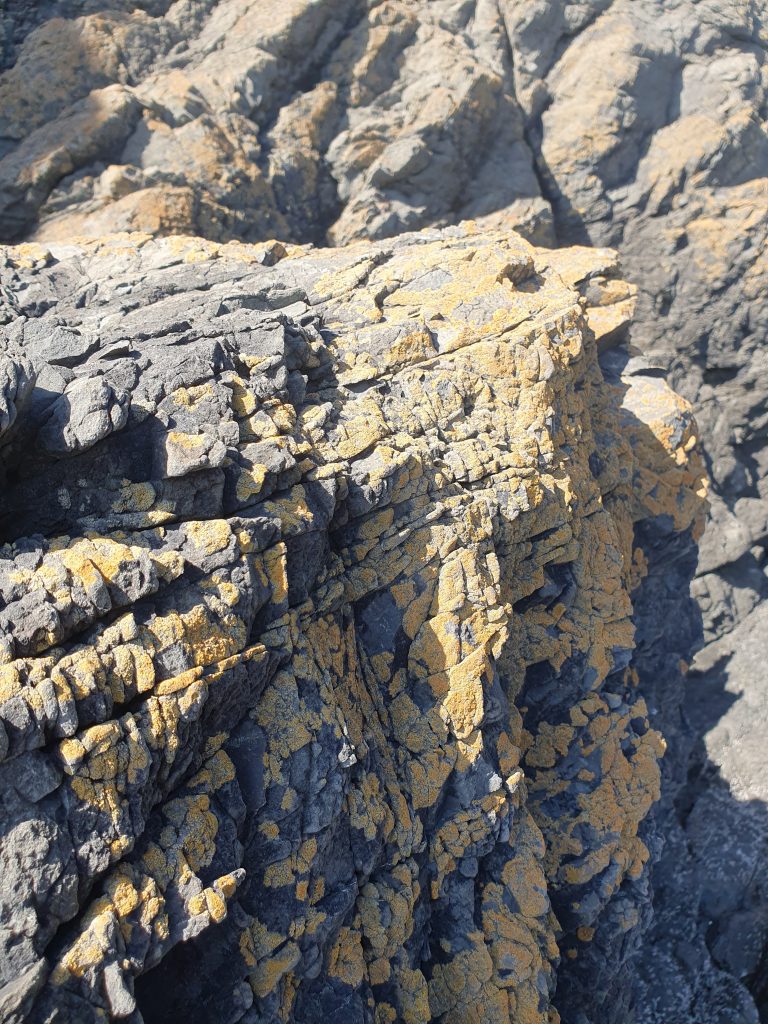
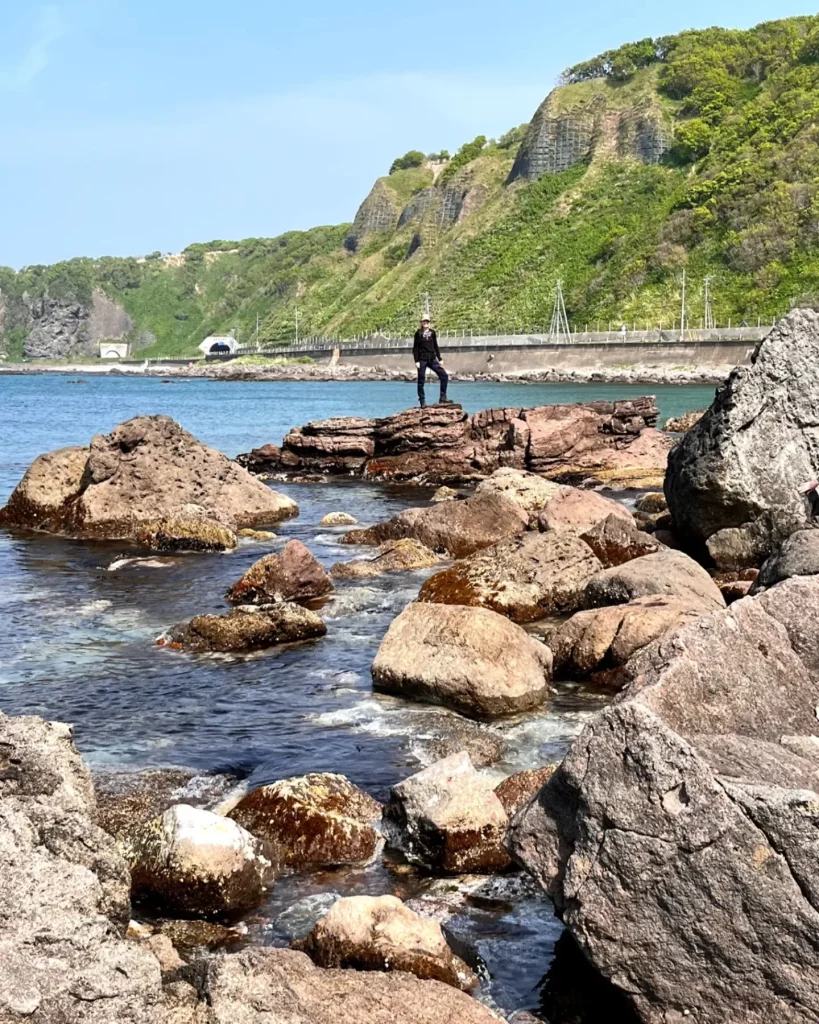
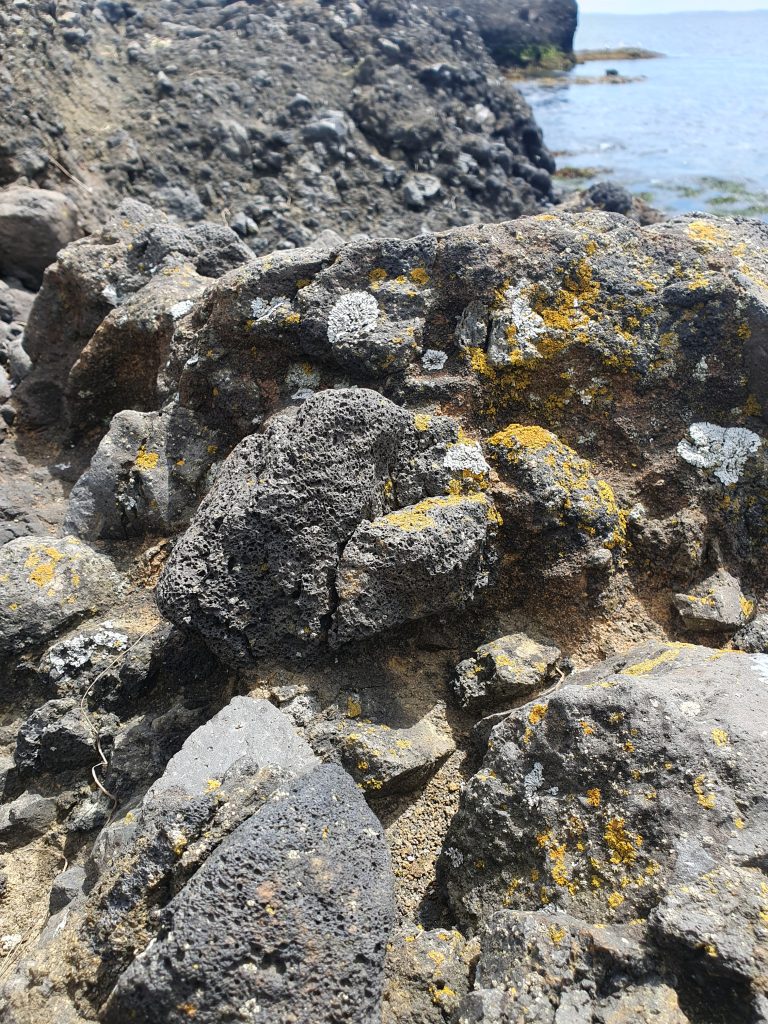

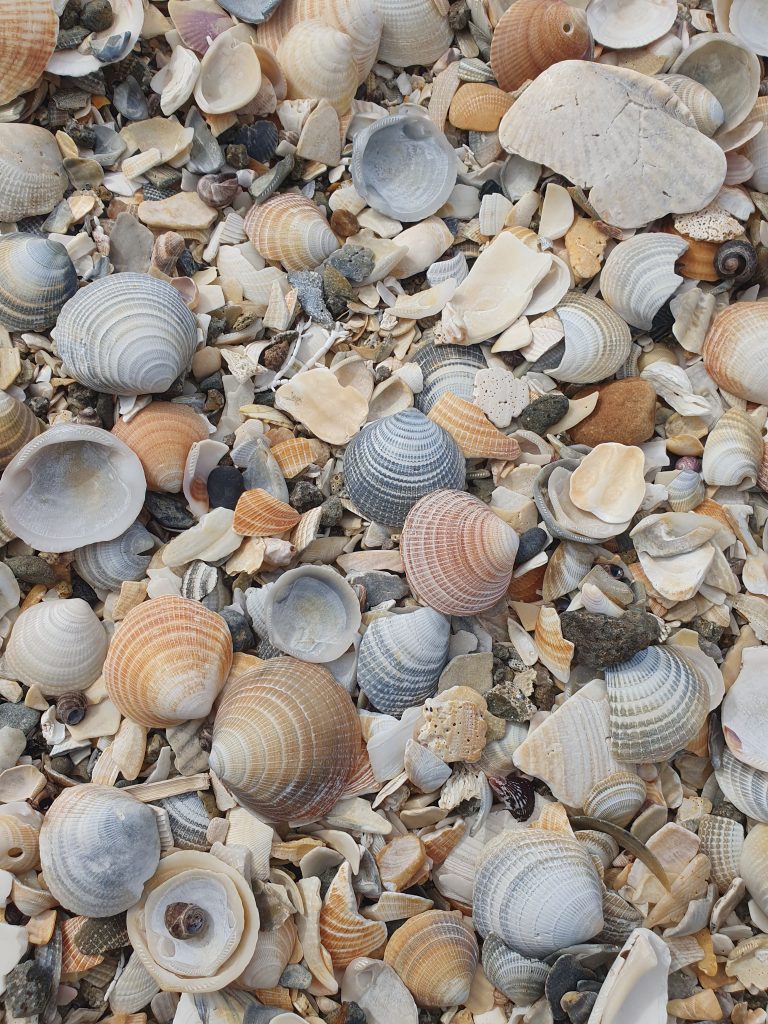
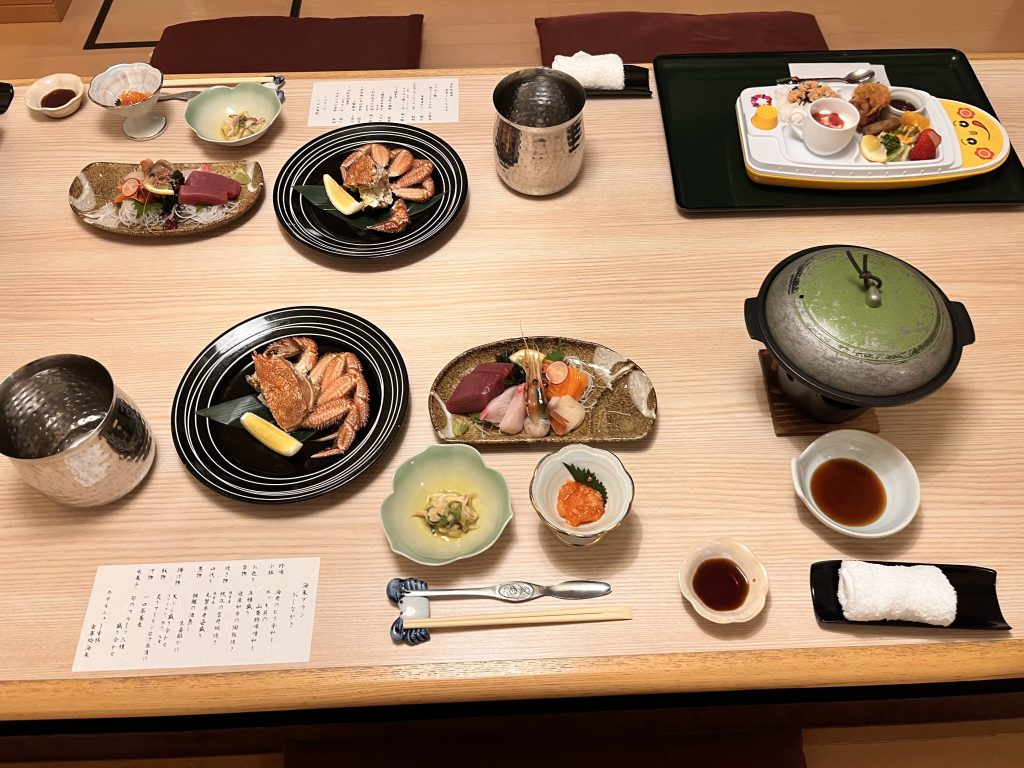

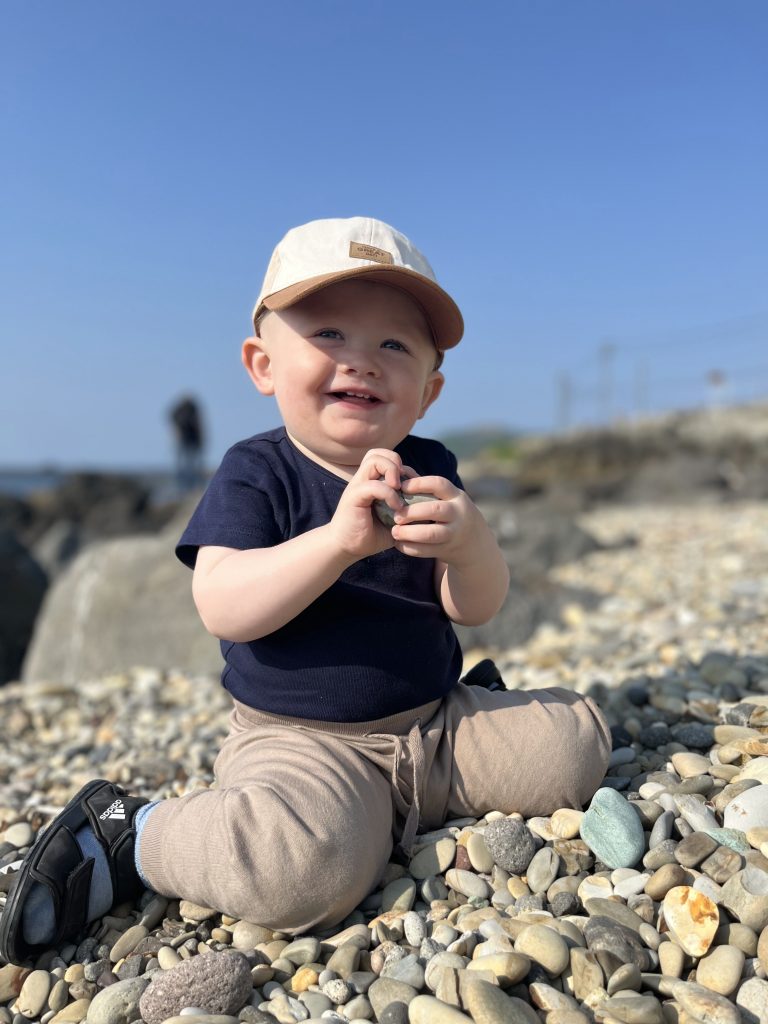
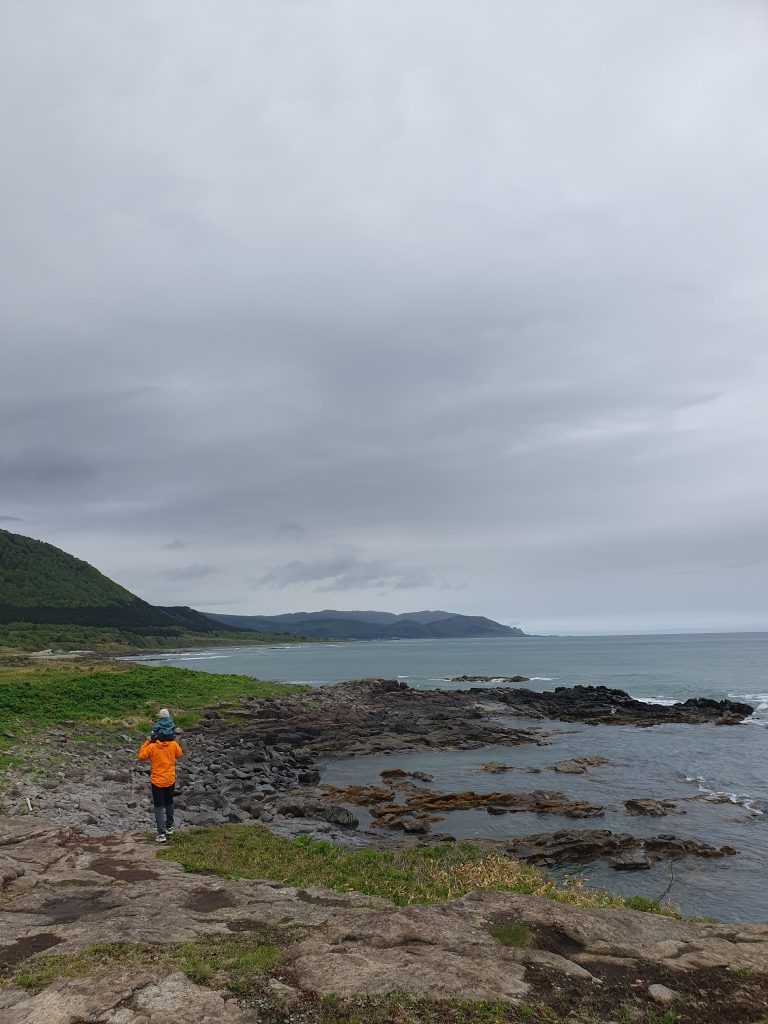
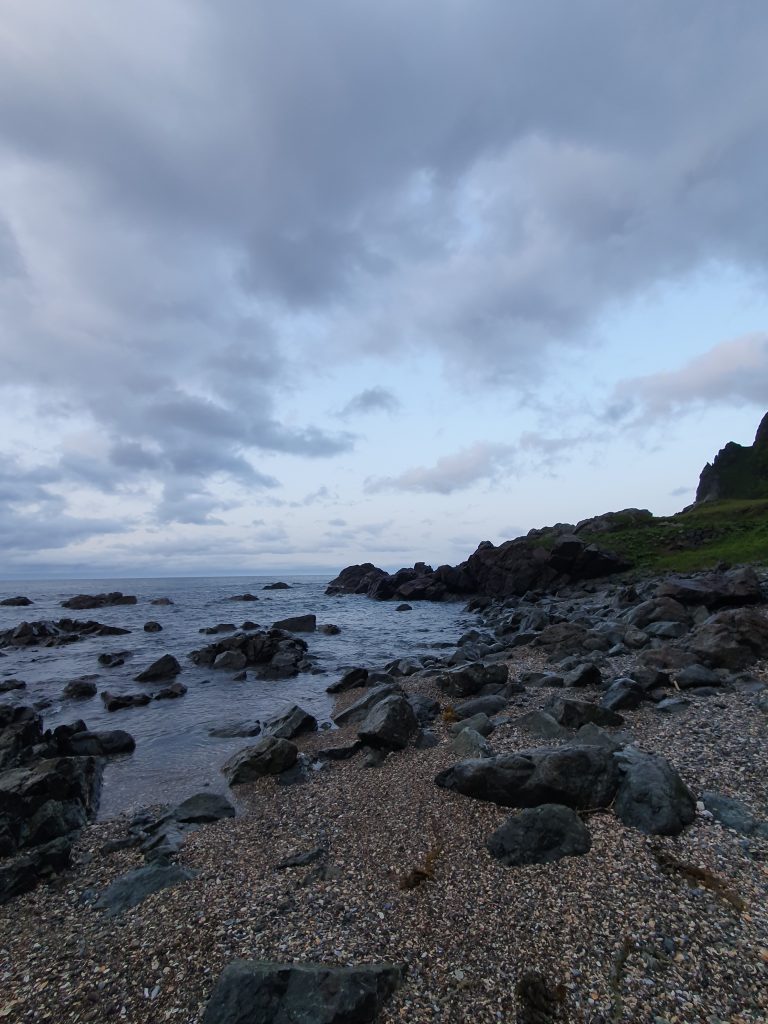
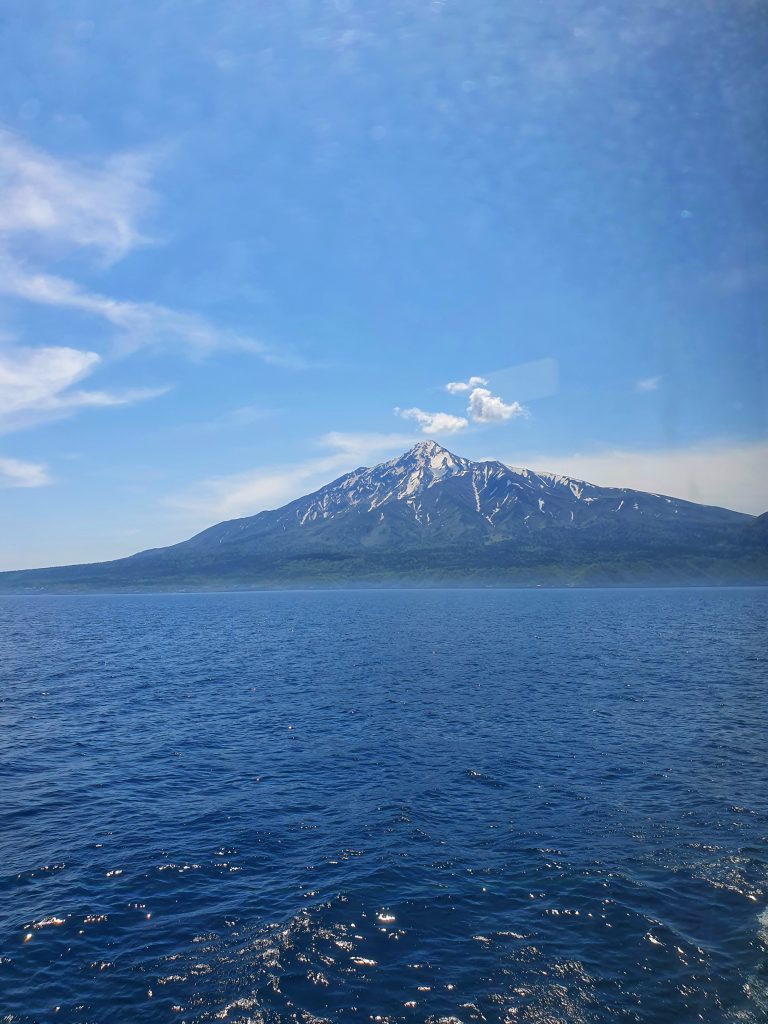
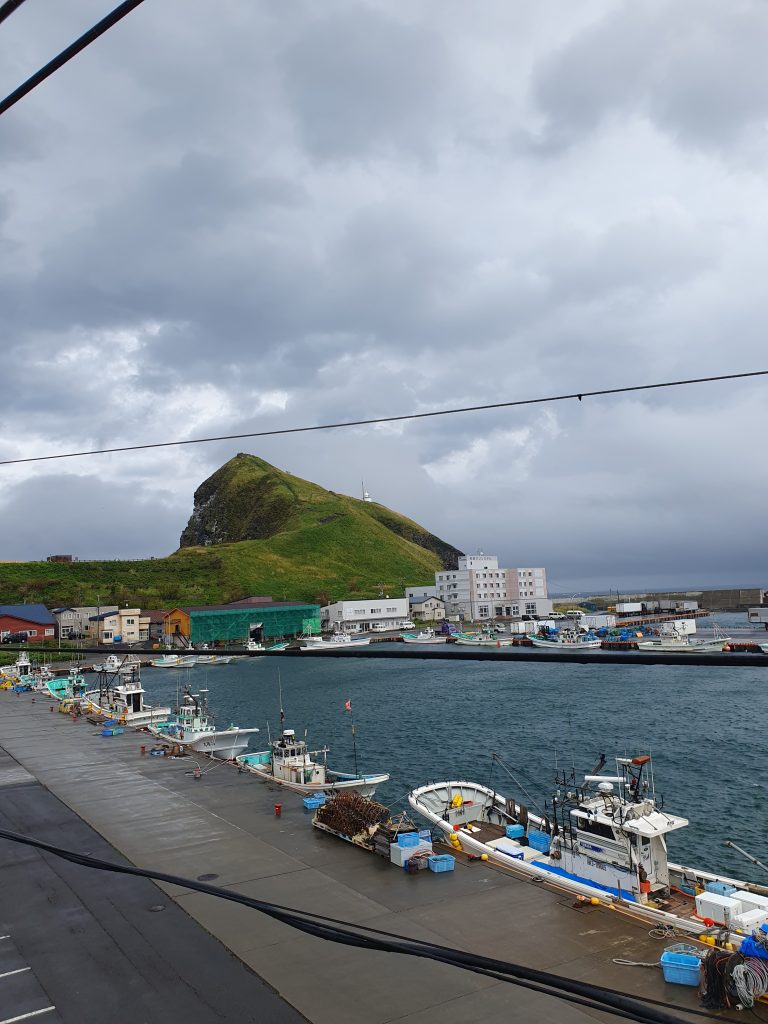
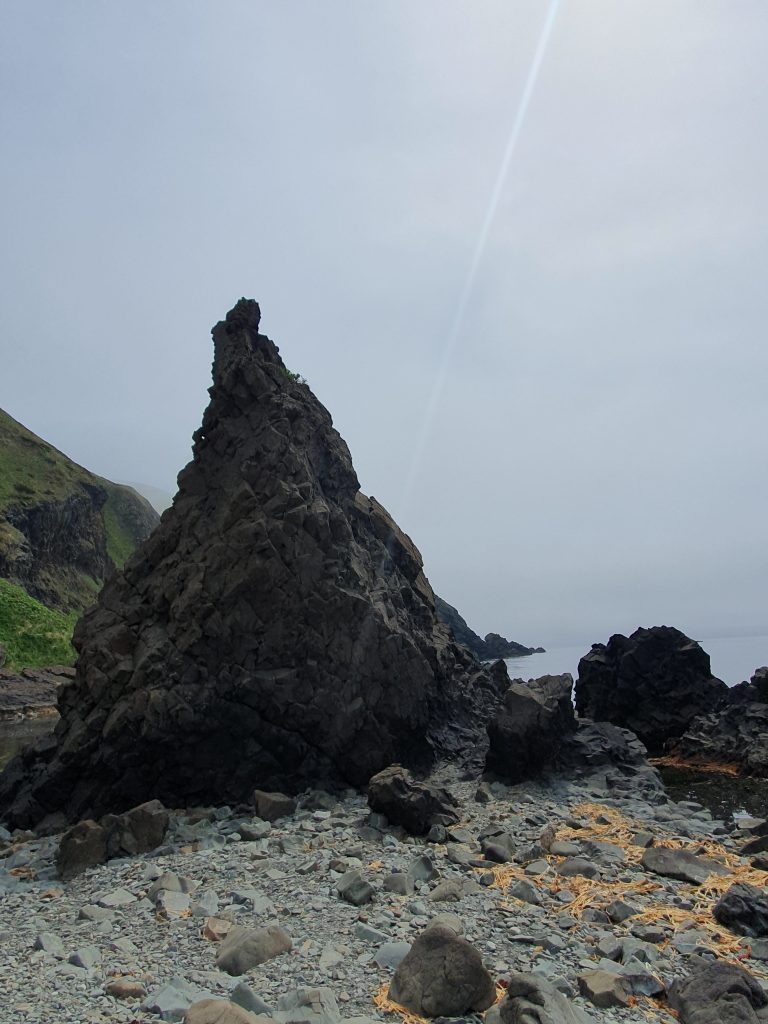
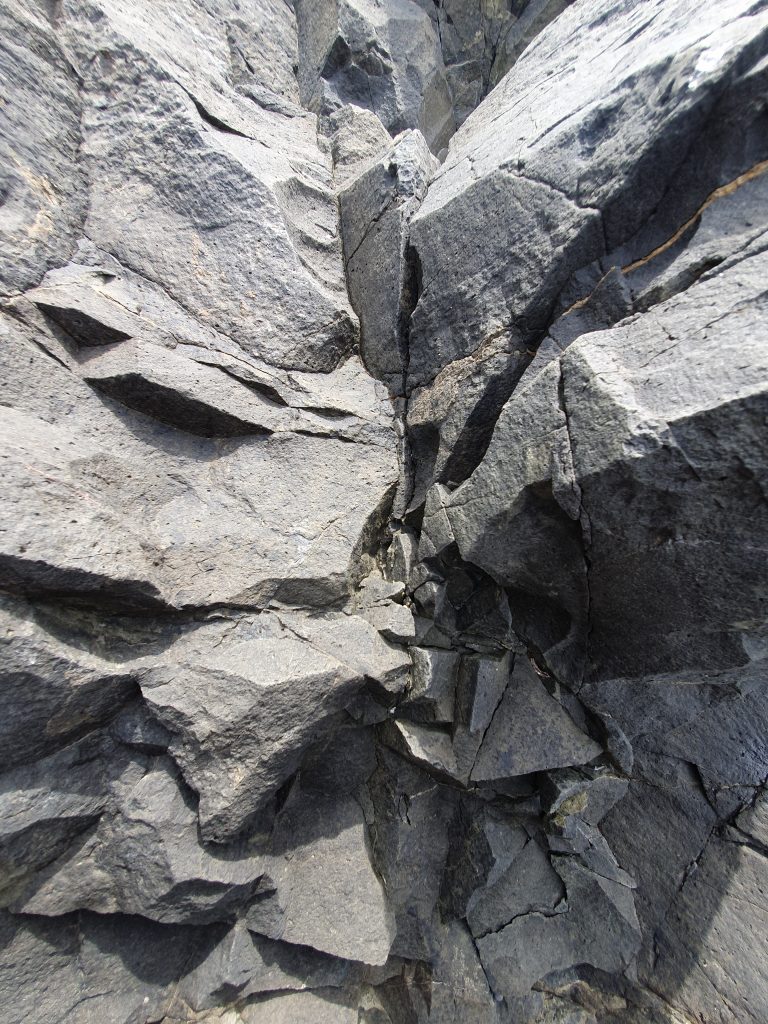
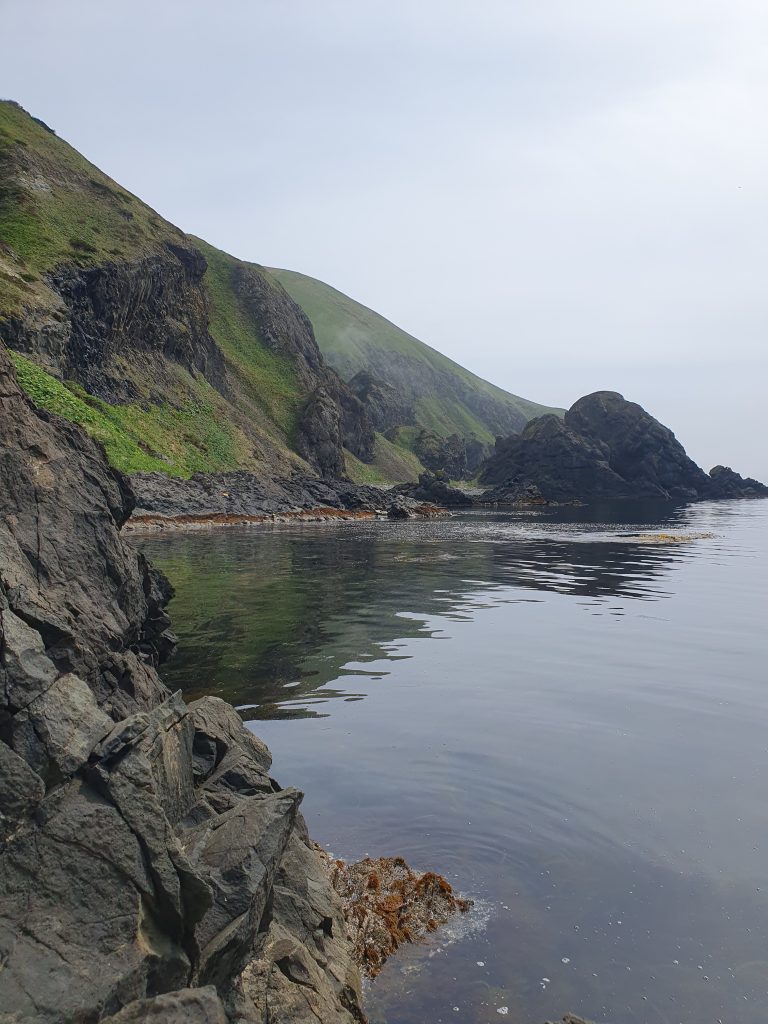

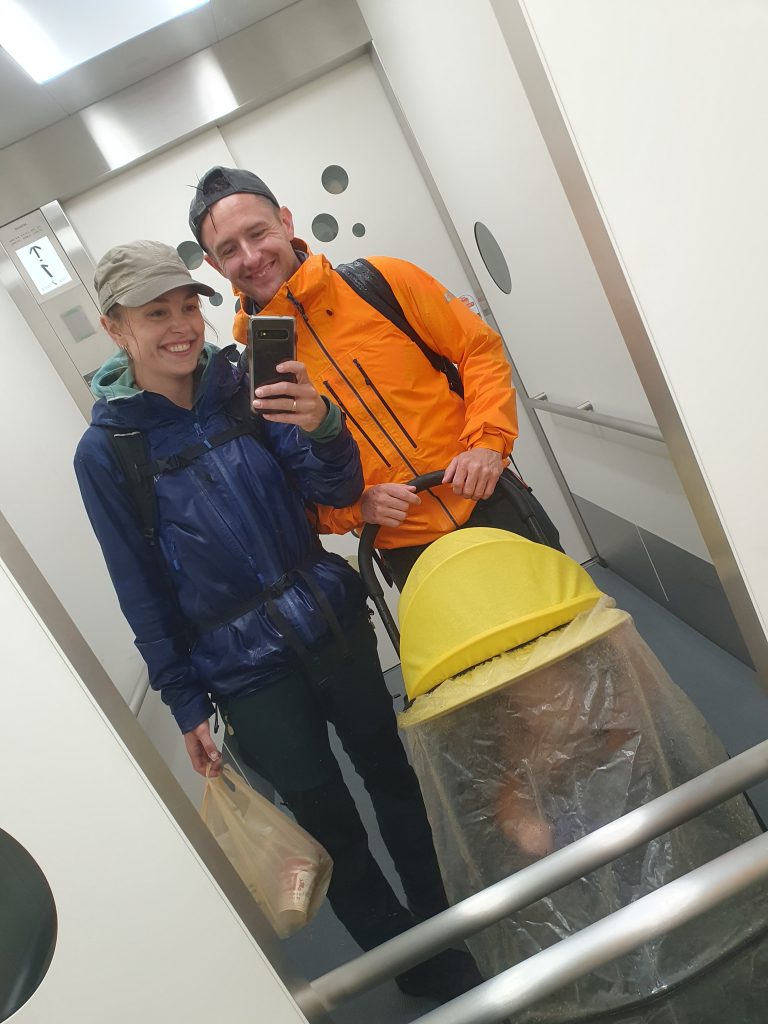
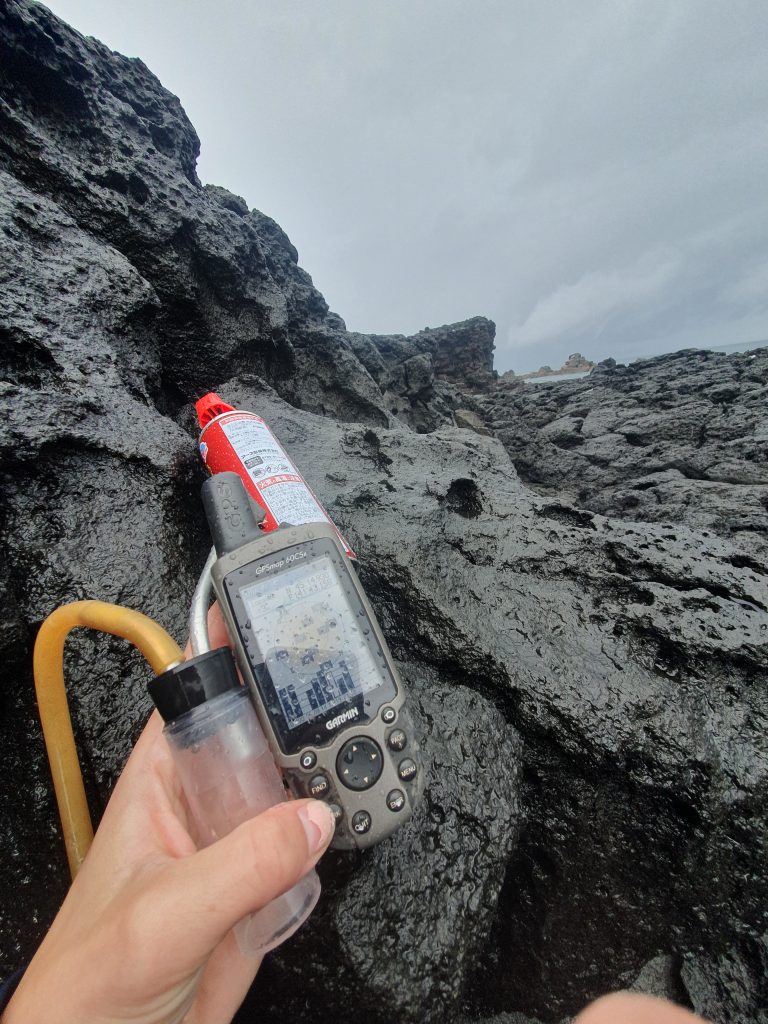
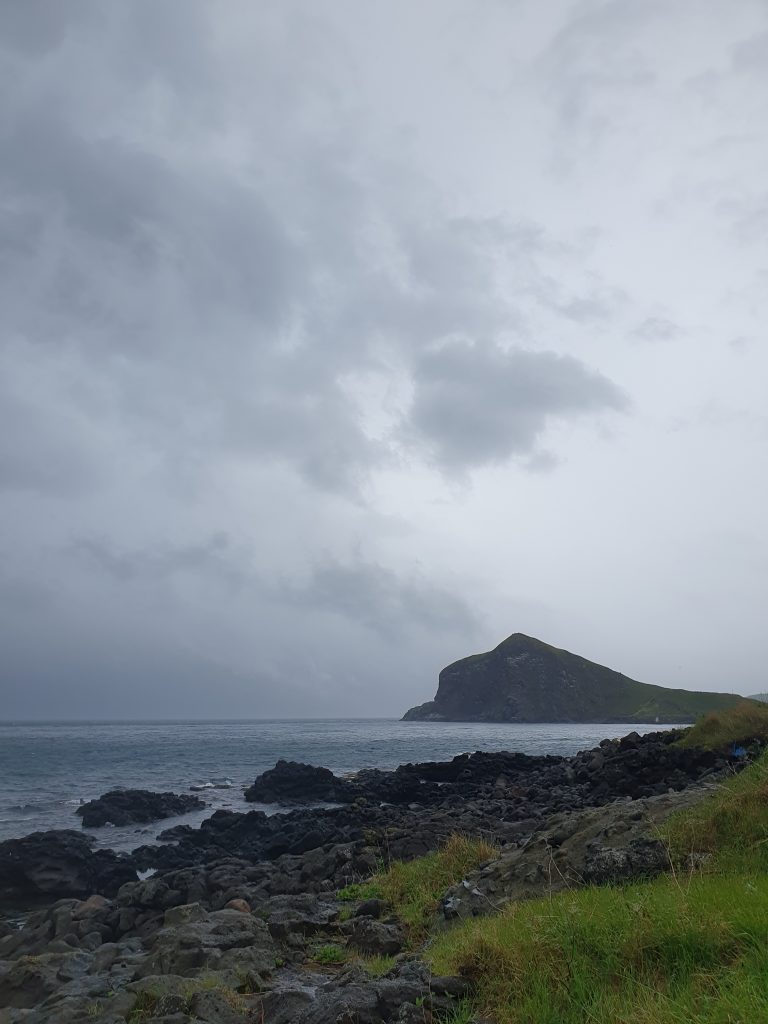
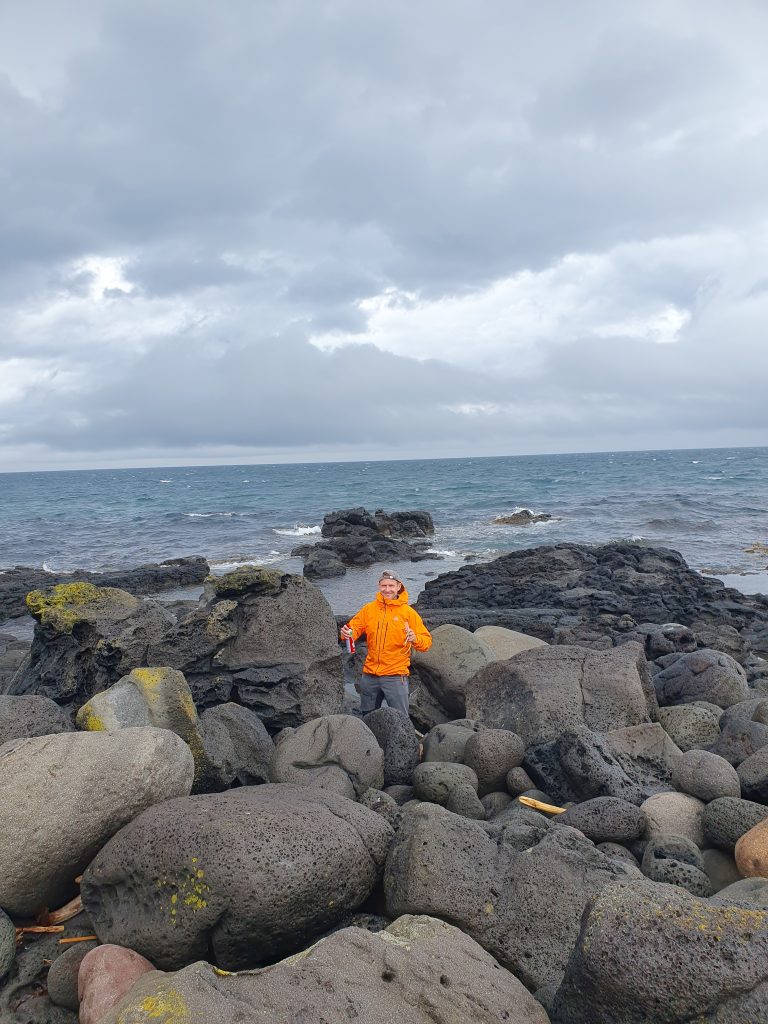
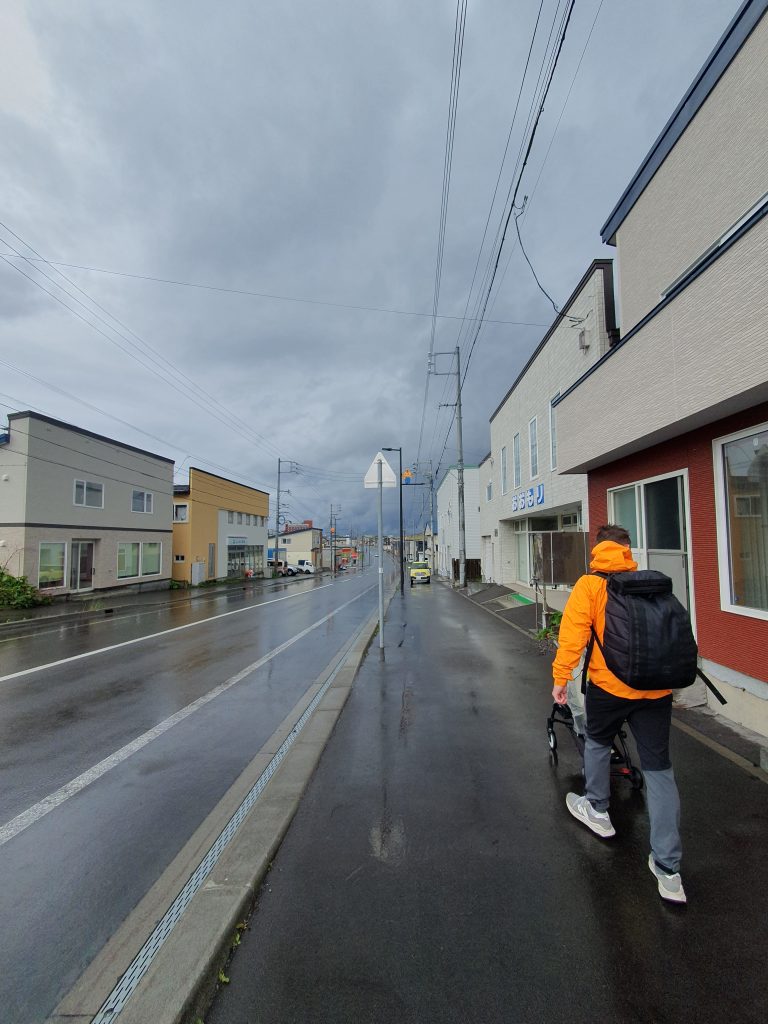
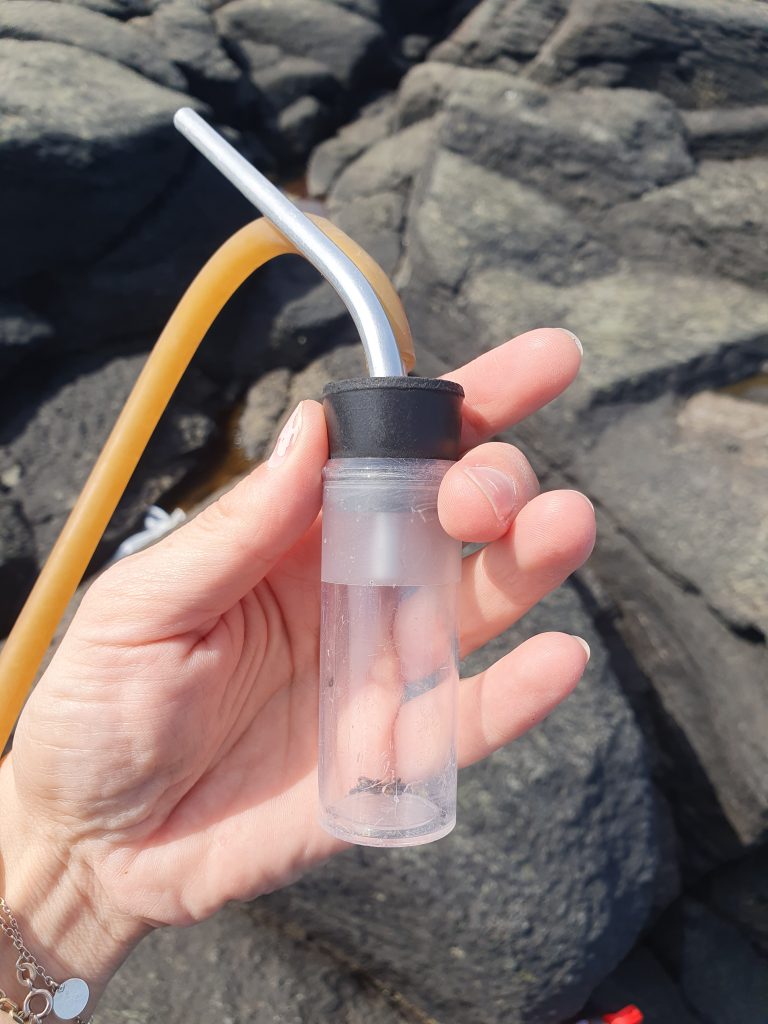


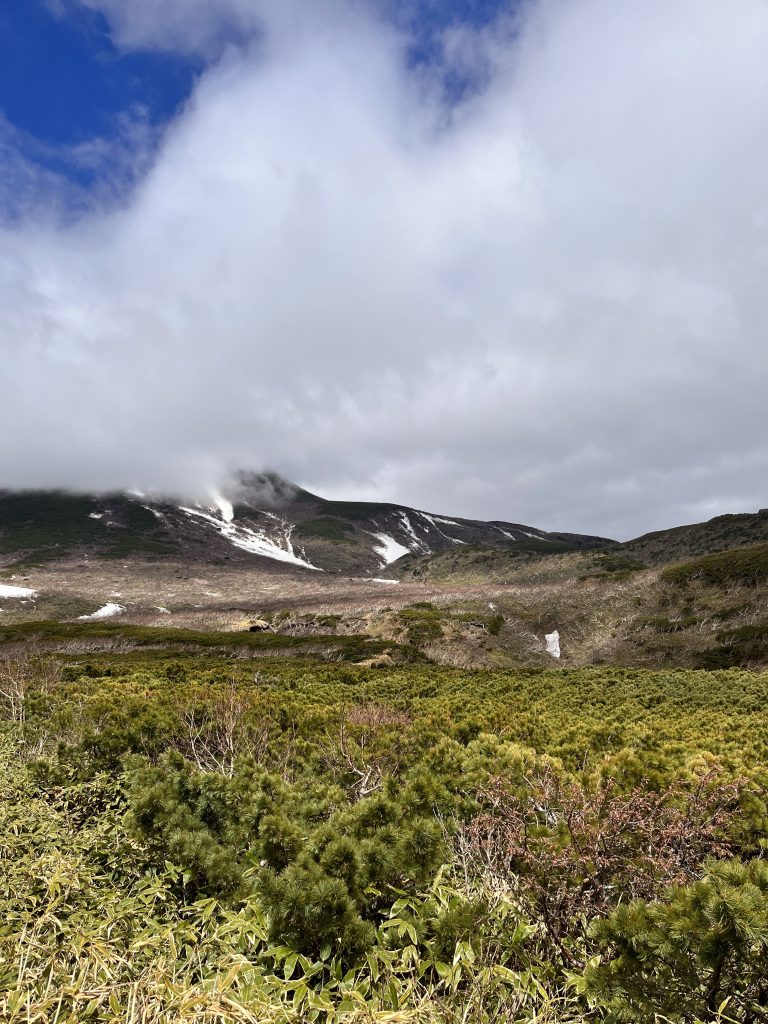
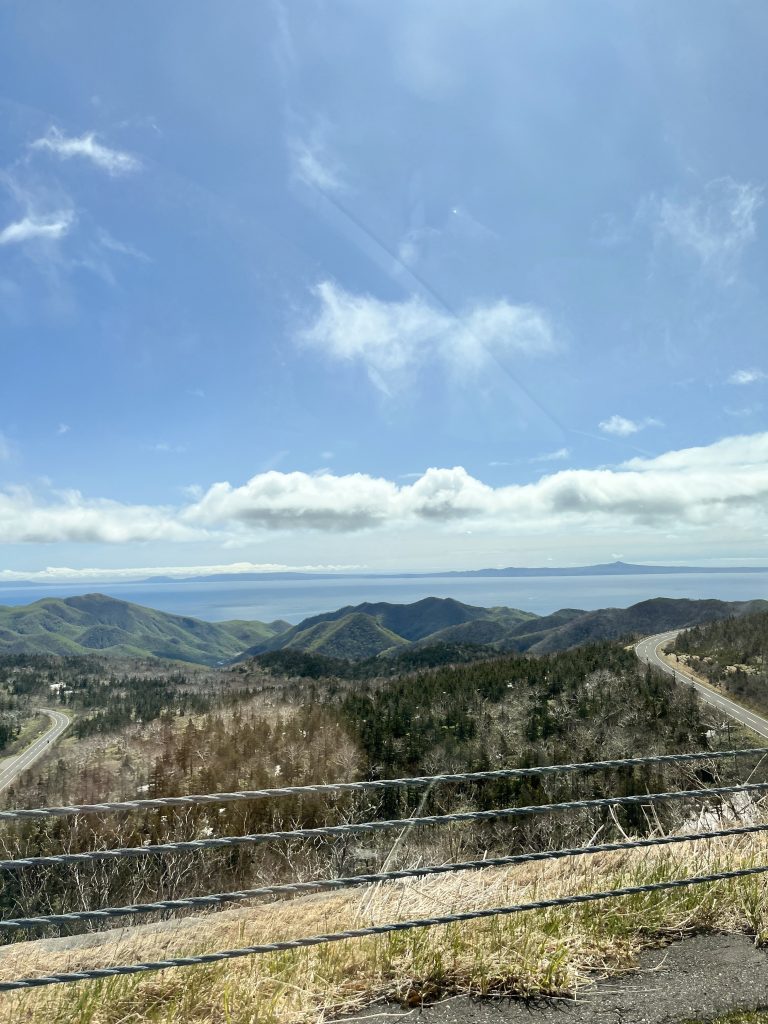


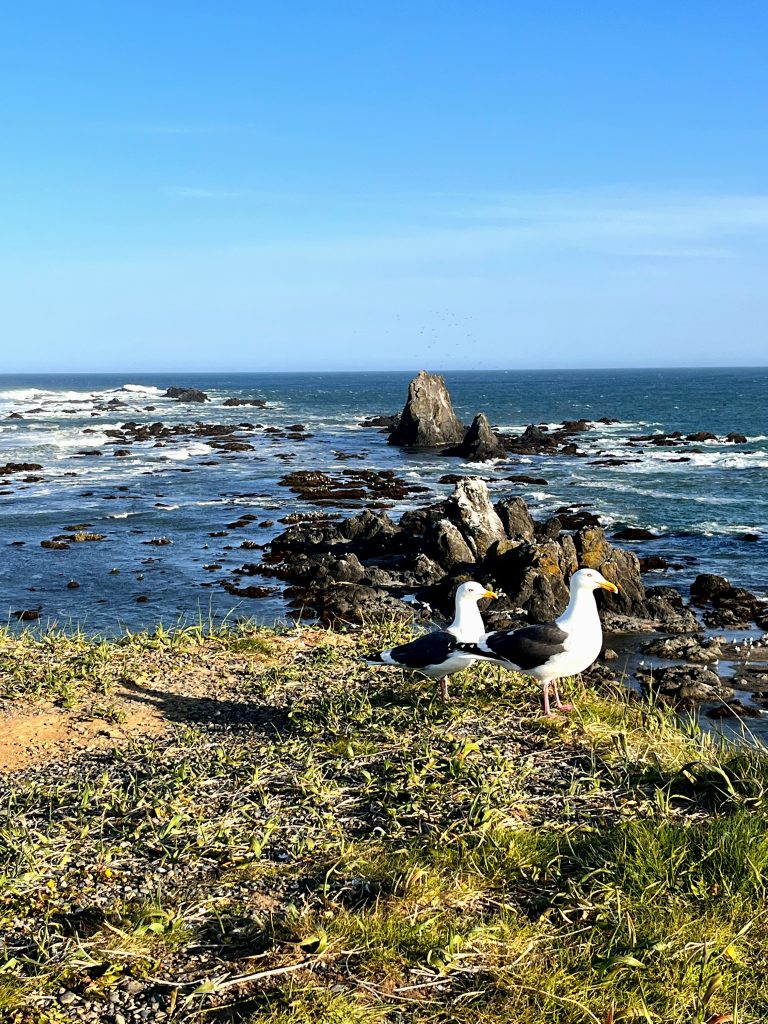

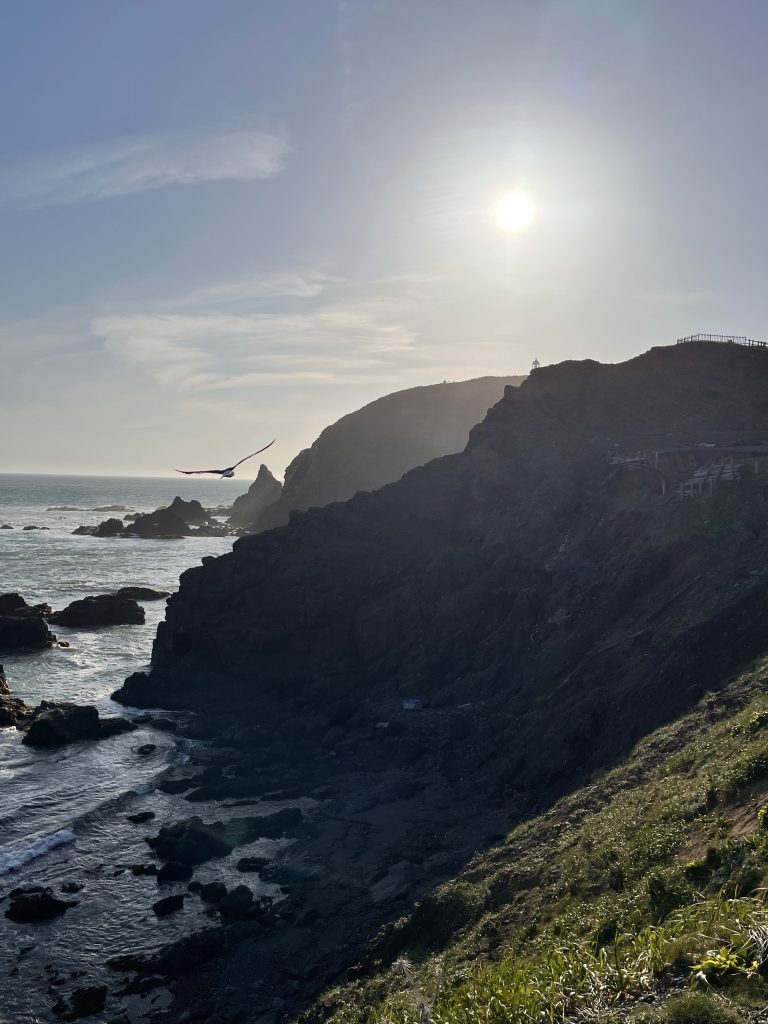
![]()
